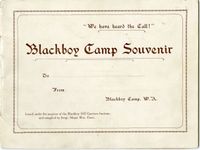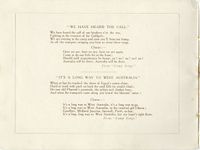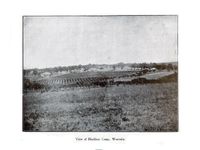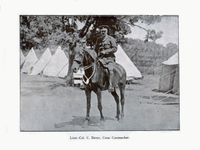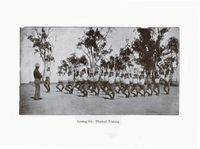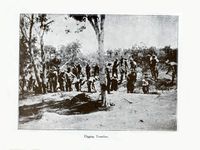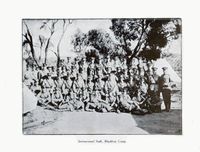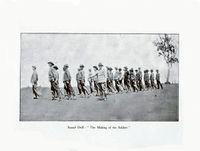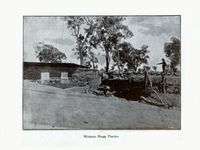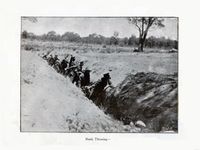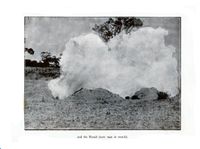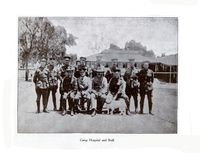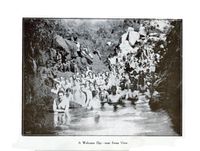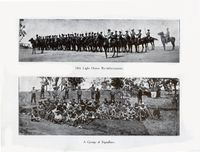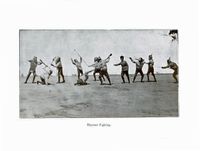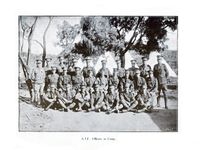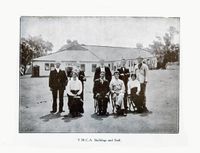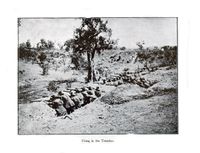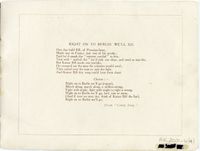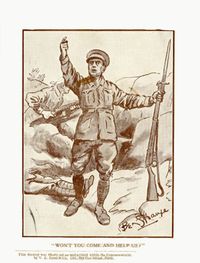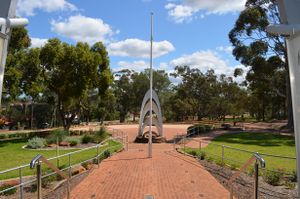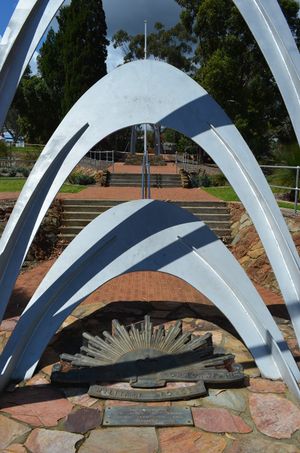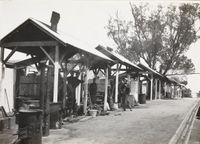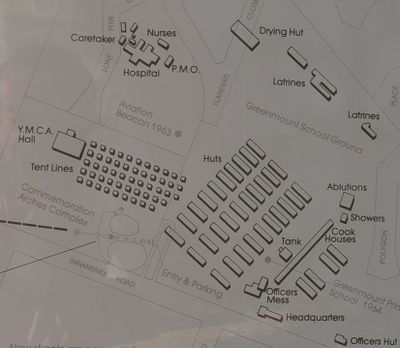Blackboy Hill camp
From Our Contribution
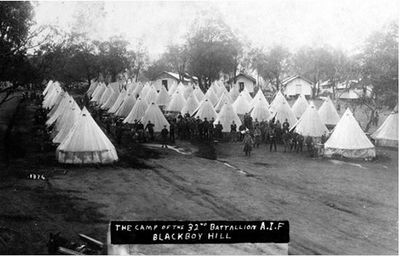 Tents of the 32nd Battalion at Blackboy Hill | |
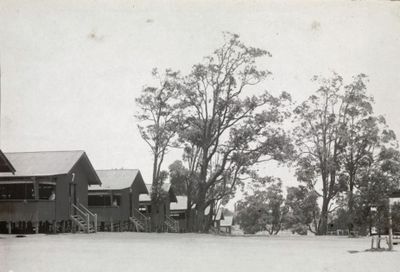 Section of the huts at Blackboy Hill SLWA photo b3600172_1 | |
Remarks
Named due to the profuse covering of Western Australian grass trees (Blackboys), this hill and its surrounding valleys were found by early settlers to be a camping and hunting ground for aborigines.
The Government reacted quickly tot he declaration of war in August 1914, setting up a training camp which ironically denuded the site of blackboys. The initial camp consisted of rows of bell tents in between rows of planted trees. In 1915 all tents bar one were blown down, leading to a decision to construct more permanent wooden huts, set on concrete foundations. The huts were officially opened on 16 Oct 1915.
The troop build-up for WWI in Western Australia was focused in Blackboy Hill, an area that has now been absorbed into Greenmount on the edge of the Darling Scarp. Over 32,000 men (of the State's then population of 300,000) passed through the Blackboy Hill Camp on their way to war.
The first troops marched into Blackboy Hill on 17th August 1914, twelve days after the declaration of war. Western Australia’s 11th Battalion was the first raised in this state, and such was the enthusiasm that there were far more volunteers than were initially needed. As a result, the first 1400 chosen were considered particularly fine specimens of Australian manhood, as were those recruited immediately into the reinforcements, and the beginnings of the 12th and 16th Battalions.
Their initial training was limited, focussing heavily on marching, drilling, musketry practice, and other basic military tasks.
Following the cessation of hostilities the camp was used as an isolation hospital in the later half of 1919 to cope with the outbreak of pneumonic influenza. The camp then fell into disuse until during the Great Depression when unemployed and destitute men used it for shelter. By 1935 I had again be abandoned, and no attempt was made to use if during WW2, with the surviving huts dismantle and erected elsewhere.
Notes
the majority of Western Australian enlistees either carried out all or part of their preparatory training in this camp. Therefore this page does not include a list of their names.
